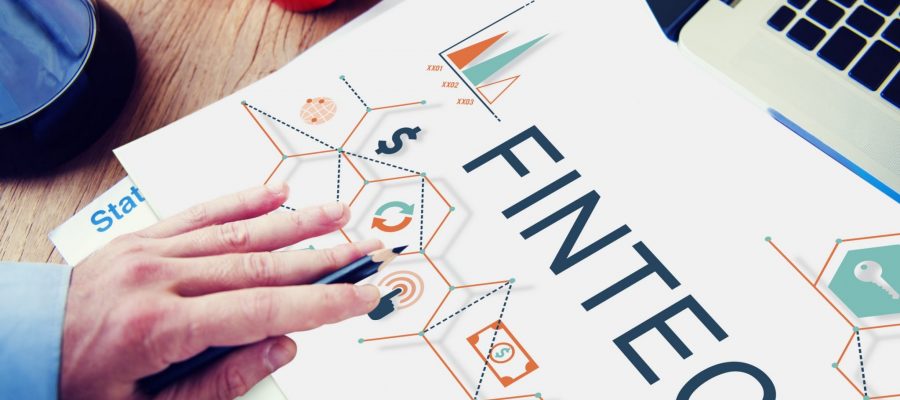If you are like most average families in the United States you probably have incurred some debt. A lot of this debt may have came upon you by surprise due to the loss of a job, medical bills, college costs, or other such monetary events. This article will provide some valuable information on how you can begin the process of lowering and eliminating your outstanding debt. It can be done by following the steps outlined below.
Step 1. Stop Adding To the Debt
This is probably the most important step and the most difficult. Stop adding to the problem. Do not continue to use credit cards especially if you are thousands of dollars in debt. Stop using the credit card to borrow from tomorrow for what you want today. The impact of applying this step will stop the bleeding of increased interest payments adding on to your unpaid credit card balance each month.
Step 2. Set Up A Budget
This step is difficult if no budget plan exists. This means there is no idea where money is being spent. Access to credit cards can hide the truth of spending more than what is earned. If you are serious about controlling spending and want to get out of debt, then a budget plan is a must. A budget plan will expose those areas of wasteful spending that can be curtailed with a little pain. Nondiscretionary items such as mortgage or rent, utilities, food and insurance take up the bulk of most budgets. Be sure to include some mad money for your self in your plan.
Step 3. Use Cash Whenever Possible
Try to use cash instead of credit cards whenever possible. Generally, people spend more when using the credit card. Buying with cash will eliminate the impulse purchases. Tell yourself that if the money is not there, you just wont buy. This subtle change will make a huge impact in trying to get out of debt.
Step 4. Make A Credit Card Plan
The first step to making a credit card plan is to list the credit card, the outstanding balance, the minimum amount due, the due date, actual monthly payment you choose to pay, and the interest rate. Next, in the outstanding balance column, look for the card with the lowest balance. This card should be paid off first. Use any extra money available to pay off this card. Then, after this card is paid off, take the monthly amount from that card and apply the amount to the next card on the list. In effect, you will be making the monthly payment larger than the minimum required by the company. Continue with this format until all the cards have been paid off. Another way to pay off the cards is to start with the highest interest rate card and pay off each card from the highest rate to the lowest rate. You will have to determine which way best fits your situation.
Step 5. Contact The Credit Card Companies
If you find out that after you have listed all the credit cards and your available monies cannot pay the required minimums, you have a serious problem. The companies will continue to charge interest and apply any fees for late payments each month. And, if late for more than 60 days, the interest rate will increase. Contact each company and let them know of your intention to pay off the debt. Work with them to create a payment plan. Once a payment plan has been agreed too, you must stick with the plan. When you have additional free monies throughout the year, use that amount or portion to pay-off the credit card debt.
Another solution to paying off the credit card debt is to consolidate all credit card debt into one monthly payment plan. This is called debt consolidation. Generally you can do this by working with your bank or companies that specialize in debt consolidation loans. Many advertize their services online. In most cases with debt consolidation, the monthly payment will be lower than if each credit card was paid individually. When the payment is lower, the temptation is to spend this extra money. If you made a budget in accordance with step 3, you should begin to put this extra money into an emergency fund or a savings account for a rainy day. Once you have started on a consolidation loan, you must not use your credit cards. If you choose to do so anyway, you must pay off the balance due each month. If you do not you will find yourself in the same boat but with higher outstanding debt and you will be worse off than before.
Step 6. Declare Bankruptcy
If you should be at a point where your bills are just too extreme and you cannot possibly pay them off, the last solution is to declare bankruptcy. I only mention this as a last resort. Once you do this, you will have difficulty in obtaining loans for at least five to ten years depending upon the laws in your state. Your credit rating will also be poor as well. You may even have difficulty in opening a bank account. Be sure to review all the possibilities before proceeding with this step.
The Value of Doing a Review of Credit Card Debt
By making an effort to control your finances using a credit card plan, you will have less stressful days. You will begin to see the light at the end of the tunnel. Stick with your plan. It does work. It just takes discipline. Make this your goal. Set up for yourself some milestones that you can celebrate when these goals have been met.


